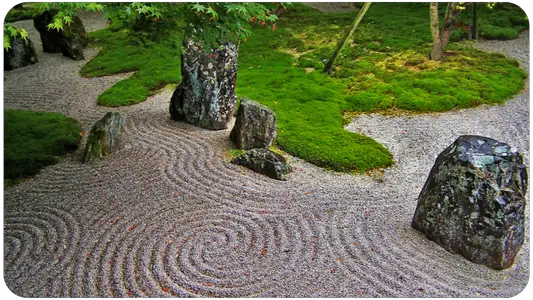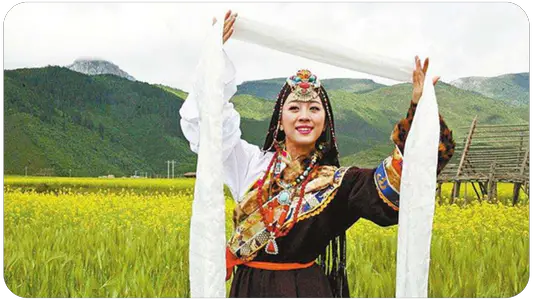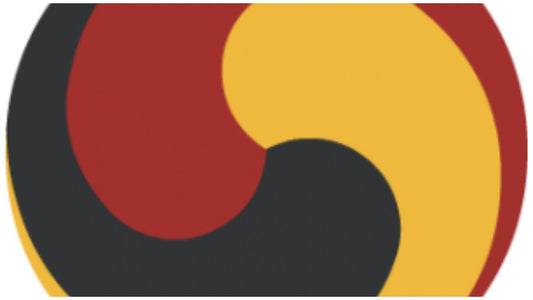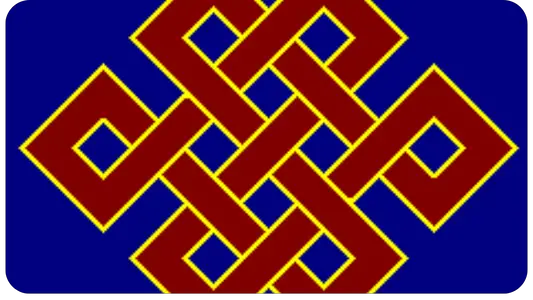In the Hindu context, the Abhayamudra, Abhaya mudra or abhaya mudra is a hand gesture (mudra) that indicates tranquility, security, absence of fear and brings protection and divine blessing.
In Abhayamudra, the right hand is fully raised with the palm facing forward. It is one of the earliest mudra described in Hindu, Buddhist and Jain imagery.
In Theravāda Buddhism it is done with the right hand raised, the arm bent and the palm forward with the fingers upward at shoulder level, while the left hand hangs on the right side of the upright body.
Sometimes, the gesture of the palm forward with fingers upward can be done with both hands. In Thailand and Laos this mudra is associated with the walking Buddha, often doing this mudra with both hands.
The Buddha may be sitting, standing or walking.
Quite common in Sri Lanka is a variant of Abhayamudra, the Asisa mudra whereby the left hand changes its posture by resting it on the left shoulder. It is a posture of blessing, of tranquility and the most important case is found in the Buddha of Aukana.
The free hand can represent several other actions, but it is common to find effigies that represent with it the varadamudra, an inverted version of the abhayamudra.
Etymology
Abhaya means in Sanskrit (अभयमुद्रा) "Absence of fear. "





